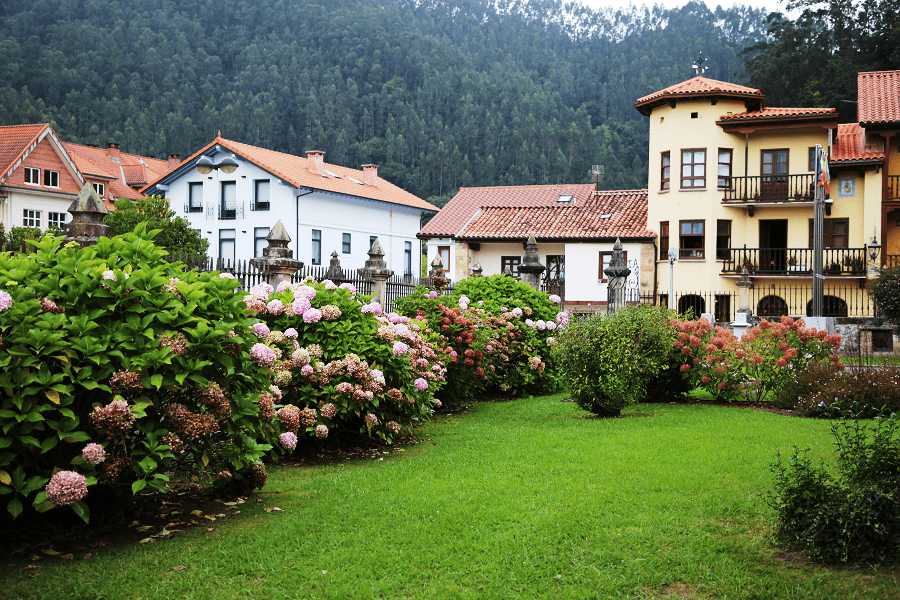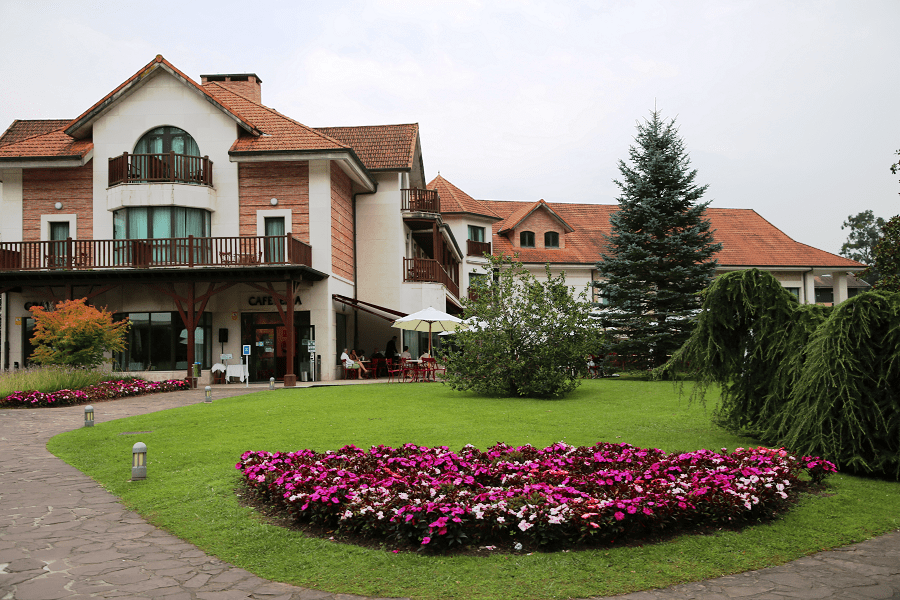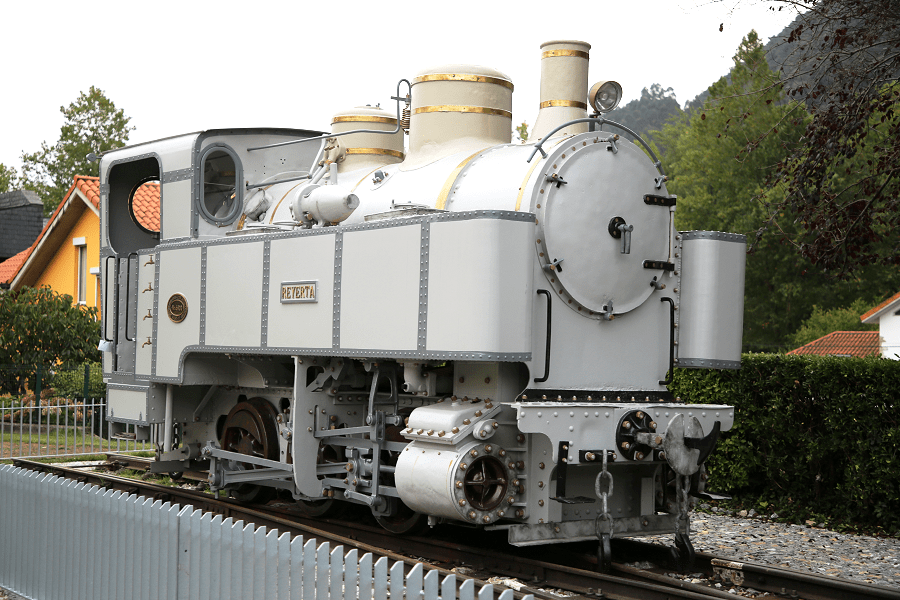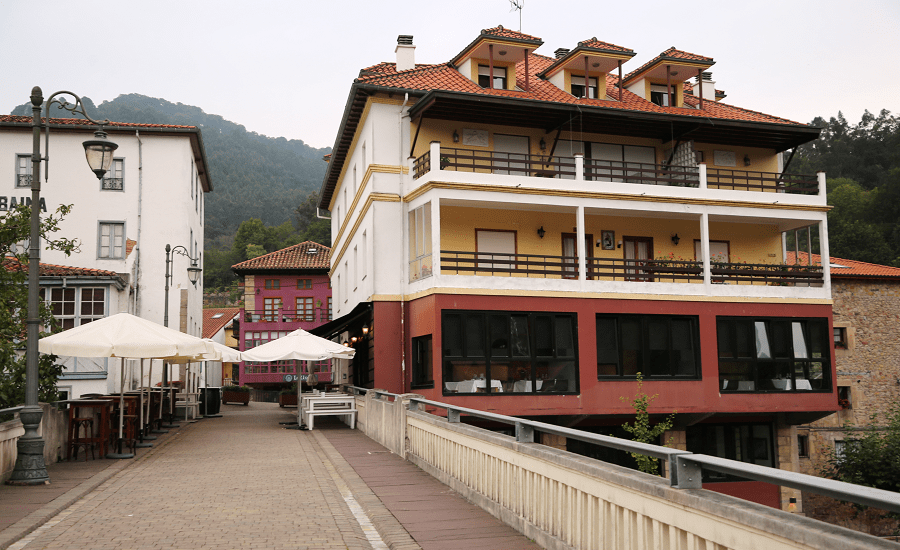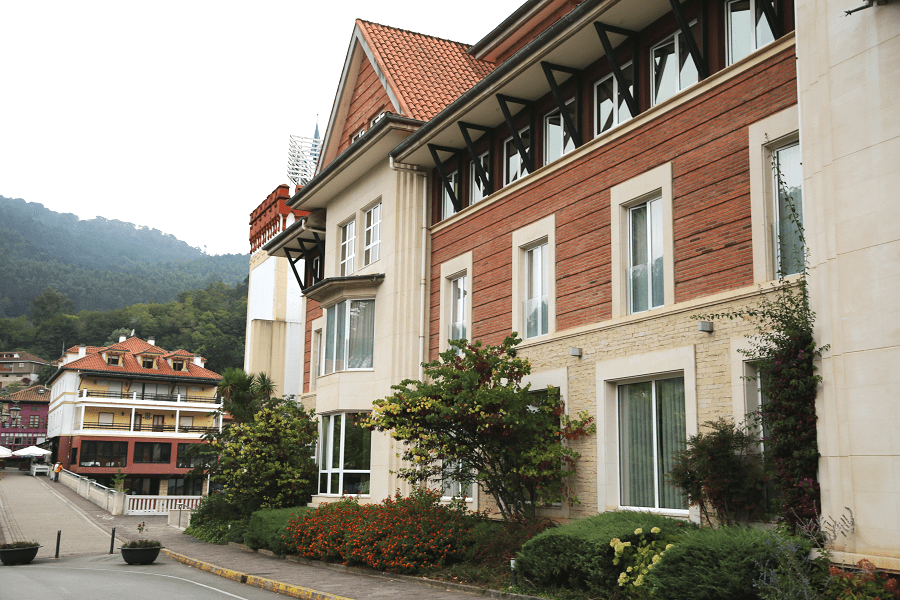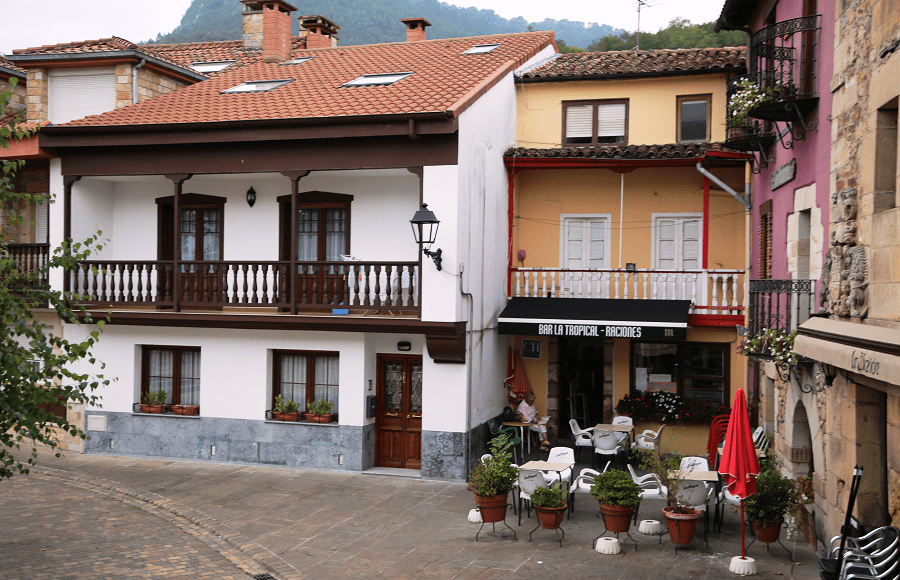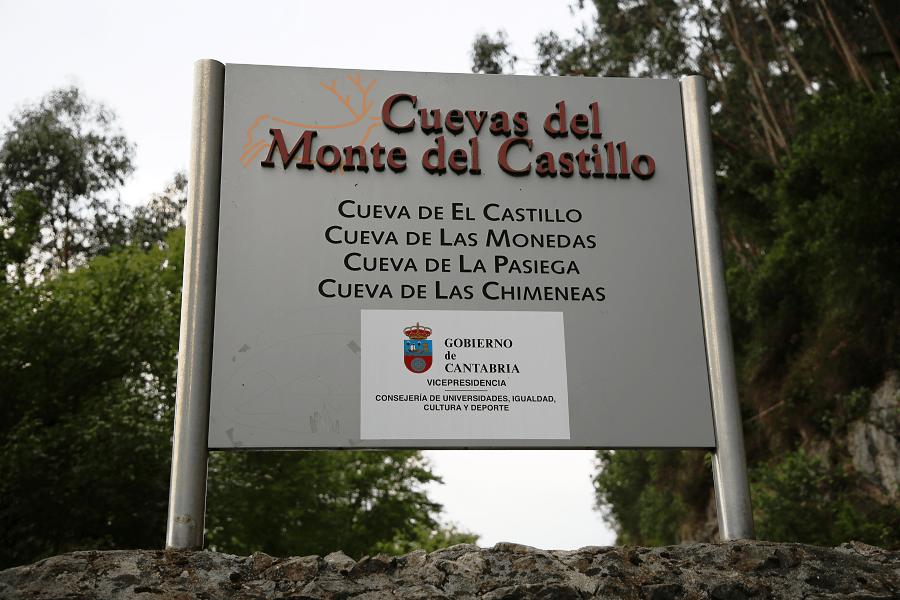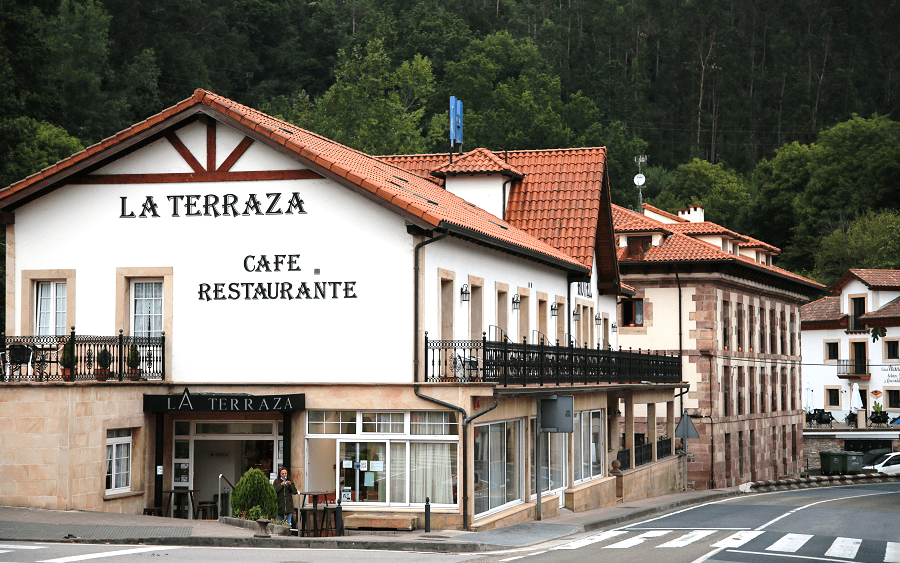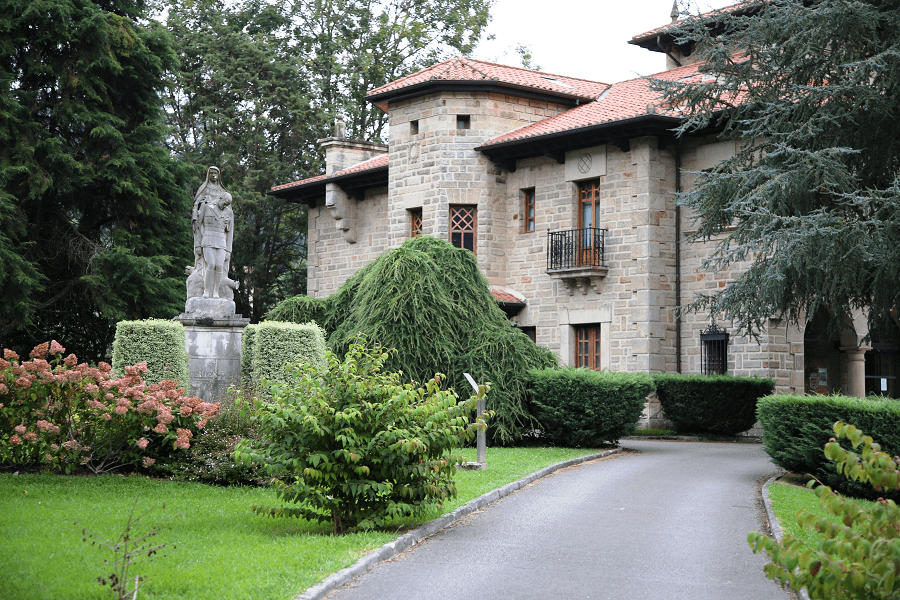Puente Viesgo is a municipality and a city in the autonomous community of Cantabria (Spain), located in the Valles Pasiegos region. The river Pas flows through this municipality.
Among its tourist attractions are the SPA complex and the Monte Castillo cave complex, made up of four cavities containing cave art, although only two of them can be visited (La Cueva de las Monedas and Cueva del Castillo).
Tourism and main attractions
There are six assets of cultural interest in the municipality:
Casona de los Fuentes-Pila, with the category of monument.
Cueva de La Pasiega, with the category of archaeological zone and which is part of the World Heritage Site Paleolithic cave art of Northern Spain.
Cueva de El Castillo, archaeological zone, also a World Heritage Site.
Cueva de Las Chimeneas, archaeological zone, also a World Heritage Site.
Cueva de Las Monedas, in Hijas, archaeological zone, also a World Heritage Site.
It is one of the municipalities in which the archaeological zone called Archaeological Ensemble is located, formed by the sites of La Espina del Gallego, Cildá, el Cantón and Campo de Las Cercas; the others are Corvera de Toranzo, Anievas, Molledo, Arenas de Iguña and San Felices de Buelna.
In addition, in this municipality there is one of the Steam Locomotives (“Udías, María, Revilla, Peñacastillo, Reyerta and Begoña”) included in the General Inventory of Cantabria; Specifically, it is the Reyerta locomotive, which is located in the old FEVE station.
As far as religious heritage is concerned, the capital’s parish church, dedicated to Saint Michael, dates from the 1950s, although it still has a 17th-century tower. Other churches are: San Nicolás in Las Presillas, San Vitores in Hijas, Santa María in Vargas and San Román in Aés. In this last town there is also the sanctuary of Our Lady of Grace.
The Caves of Monte Castillo
The Caves of Monte Castillo contain one of the most important Paleolithic sites in the region. The complex of karstic caves is on the slopes of Monte Castillo, a hill south of Puente Viesgo, with an elevation of 354 m. It includes four out of the eighteen caves listed as World Heritage of UNESCO since July 2008 under the title of Cave of Altamira and Paleolithic Cave Art of Northern Spain: El Castillo, Las Chimeneas, and La Pasiega and Las Monedas. In addition, the complex includes a minor fifth cave, La Flecha. The caves are located along the Pas river in the Castillo mountain, squarely at the intersection of three valleys and near the coast.
The El Castillo cave contains decorations in red ochre in the forms of hand stencils dated to about 35,000. One red disk in El Castillo has been dated to before 40,000 years ago in a 2012 study, making it the oldest known dated cave decoration. The Cave of El Castillo was discovered in 1903 by Hermilio Alcalde del Río. It was first explored and excavated by Hugo Obermaier.
The Cueva de Las Monedas was discovered in 1952. It was explored by Eduardo Ripoll Perelló (1923–2006). The cave is named for a number of 16th-century coins found inside. The paintings in this cave date to the Magdalenian, about 13,000 years ago, depicting horses, goats, bears, bison and reindeer.
How to get to?
Nearest airport is in Santander.
From Santander 32 min (37.0 km) via A-67
From Madrid 4 hr 17 min (434 km) via A-67
Main information
Area: 36 km²
Coordinates: 43°18′02″N 3°57′47″W
Population: 2902
Languages: Spanish
Currency: Euro
Visa: Schengen
Time: Central European UTC +1



